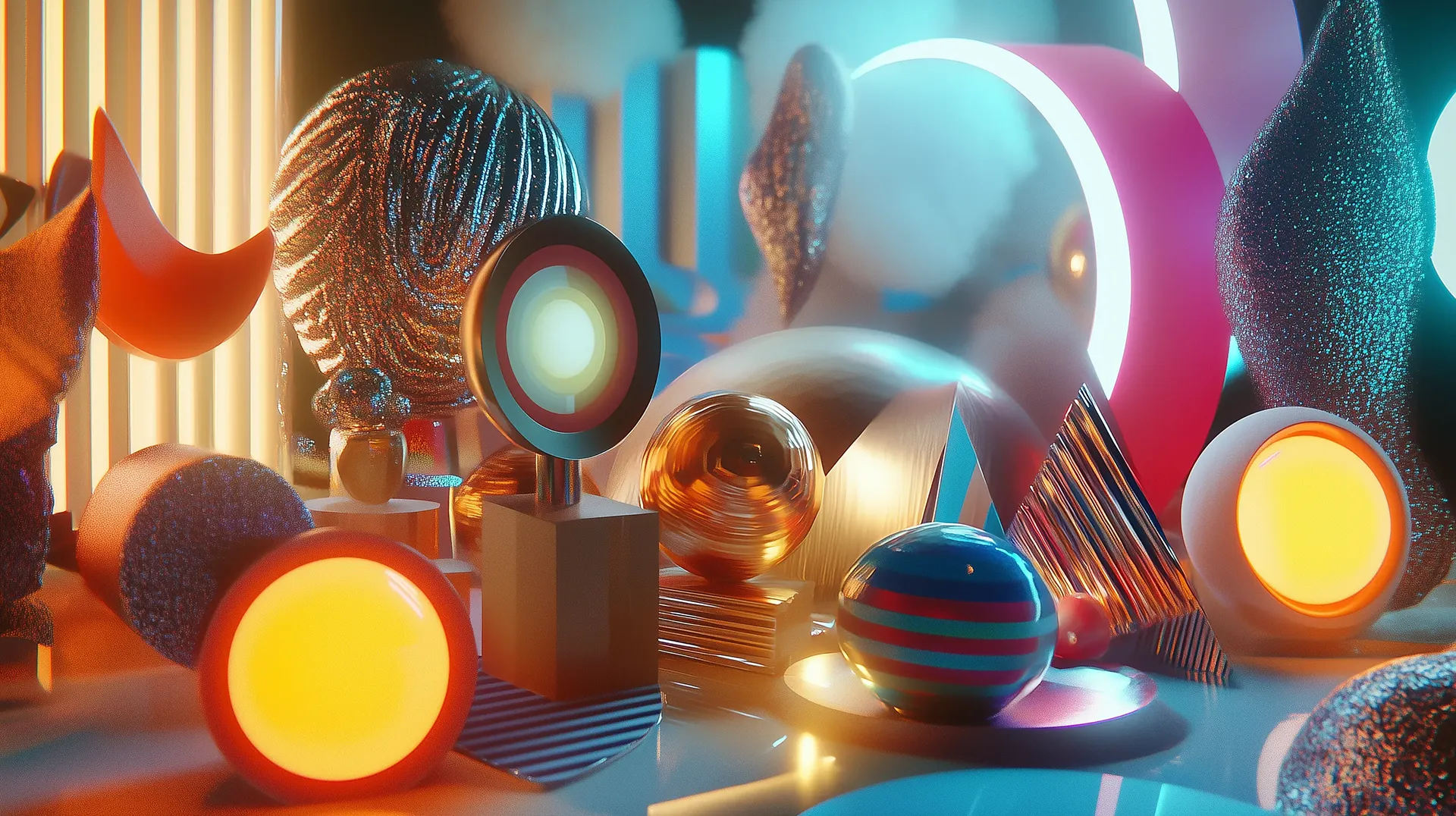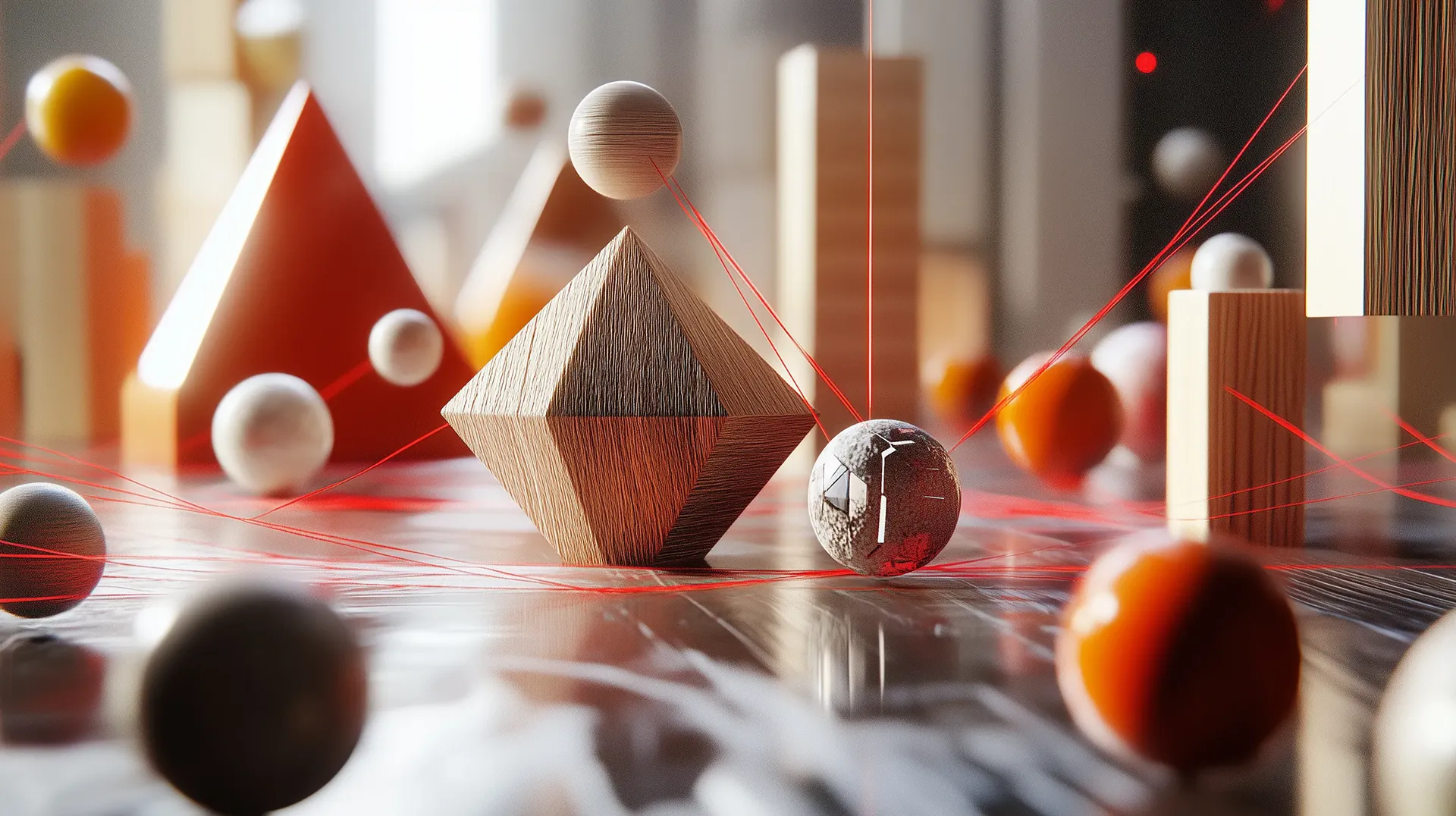How to build a great emerging tech product

Many of the companies I talk to ask me some version of the same question: There’s this amazing new technology. We’re excited to adopt it to create a really great product. But how do we make it stick?

Designing emerging tech is different from traditional product design. Much of the time when we do user research, our participants are already kind of familiar with the interaction models we’re presenting. They know that a fob unlocks a car, or how to type queries into a search engine, or how a toaster usually works. But when you’re working with a new technology, potential users have no known reference points, which makes it much harder for them to know how to use it in a way that provides real value. Think about early drivers trying to figure out how to crank-start a model T, when their previous transportation was a horse.
With emerging technology, wild rumors about the technology precede widespread adoption, and the gap in understanding how to use it can feel enormous. That makes providing a user experience people love, the most important piece of the product’s design.
It can also be the trickiest part. After all, you’re designing something nobody has ever used before—not even you. At IDEO, we’re really familiar with this ambiguous place—the space between a new technology everyone is excited about, and real products that provide real value for their users. We’ve spent a lot of our history there, creating everything from early computer mice to IKEA’s kitchen of the future to dancing robots. Here are some simple rules we follow when we’re trying to get from unknown technology to products people love.

Lean into co-design
Designing with potential users helps us understand how people will respond to a new technology.
In the last year or so, IDEO’s Play Lab dug deep with Gen Z users to test out what they actually want from AI-enabled products. Often, companies assume that if it’s new and it’s possible, young people will be into it. We wanted to test those assumptions, creating concepts like an AI concierge that could plan your trip, or a creative problem-solver that could hand you the solution when you get stuck.
Instead of fully building them out, we made really early prototypes that let them test the idea of the product, rather than a fully-built product itself. That was enough for them to understand the experience, and their feedback was clear: They want useful tools that take care of hassles, but they still want life’s messy moments. Tech is not a solution to their relationship issues, and they don’t want it to be creative for them. They want tools that help them maintain their humanity, not supplant it. The Gen Zs we worked with then helped us rethink the ideas to fit their needs. Our final designs and insights were much stronger because of it.
Insights like these, which are hard to come by without co-design, can uncover what users really want, long before a product hits the market, helping you make better investments with your development dollars.

Break norms
A major purpose of emerging technology? Providing new value to people through new user experiences. If we stick with existing interaction paradigms, we’re missing the point.
The purpose of XR is to overlay reality on our reality, or to take us into new realities. If we’re designing a website inside of VR goggles, that seems like an underwhelming use of the technology. We should take advantage of its capabilities—the fact that it’s a big open space where we can have interactive experiences, and that the audio can come from all around us, and that it's social and connective with people all around the world. If we’re just designing a flat website, we’re making a black and white tv in a color tv world.
Similarly, in the generative AI space, everything is a chatbot. That’s because we’re used to interacting with intelligent things by talking to them.
But look around, and you might discover a whole category of people trying to rethink how we can interact with intelligent machines. AI hardware companies are showing us how there are so many new possibilities of how to use technology in our daily lives (some more successfully than others). Brilliant Labs’s glasses that can translate what you hear; Limitless’s wearable pendant, which remembers the details of your workday; Meta’s AI glasses that allow you to ask questions about what you see. All of them create new user experiences—and the best ones are very different from what our existing gadgets are designed to do.

Embrace unexpected collaborators
Here’s an idea for you: Bring a group of creatives—musicians, electrical engineers, designers—into your emerging technology lab. Ask them to experiment with the technology you’re developing.
There is a long history of creatives helping technologists unlock new ideas and possibilities for what the technology might do.
Take John Cage, the avant-garde composer who collaborated with engineers and technologists, particularly at Bell Labs in the 1960s. Cage wasn’t an engineer, but he was a visionary artist who explored the boundaries of music and sound. His approach to music was deeply experimental, and he often used technology as a tool to create new forms of expression. His creative explorations led to tangible developments in electronic music, influencing the design of synthesizers, advancements in sound manipulation, and the foundation of interactive and generative music. Cage’s work encouraged technologists to think outside their usual constraints and explore new creative potentials within their inventions.
IKEA did something similar, when it decided to make the kitchen of the future. Years ago, they asked us and a group of students to explore the social, technological, and demographic forces that would impact our relationship with food in 2025. IDEO took their research and designs and built out a full concept kitchen that could help guide product development into the future.

Focus on design from the outset
Too often, companies focus on what they can build, rather than what they should. You can make the most cutting-edge technology in the world, but if your customers don’t like it, you don’t have a product. Bring them into early stages of the development—rather than as a panicked afterthought when you might discover that customers aren’t adopting what you made.
That doesn’t mean you have to invest your entire budget into speculative design work that might not pay off; after all, you may not even be sure the technology itself is feasible. But at a minimum, design can help you understand where technology might go so you can ask the right questions, consider what comes next at each development milestone, and make a plan for when and how designers, design researchers, and product people can help you think about which areas of the technology will be most valuable to users and should be developed.
When Willow set out to redesign the breast pump experience, the startup tapped IDEO and Function Engineering as partners, creating a cross-functional team of researchers, industrial designers, and mechanical engineers. Together, they uncovered mothers’ unment needs, and designed and engineered a more human-centered version of a device that hadn’t changed much in 25 years. Now, instead of being stuck shirtless, tethered to a wall, mothers have the option of a cordless breast pump that fits under their clothes.

Prototype to widen your aperture
When the founders behind education startup Ethiqly came to us to create new tools for students and teachers, they didn’t ask, “How can we use AI in the classroom?” They looked at the bigger picture: “How does gen AI change what it means to be a student?”
Then, we jumped into prototyping to test the capabilities of the technology. We created interactive prototypes, building generative AI mini apps that let us test key research questions. Could gen AI help teachers give students feedback more effectively at scale? Could providing students with prompts help them get past the hurdle of a blank page? The prototypes we made suggested feedback that teachers could choose to share, and encouraged students to interrogate their own ideas. That’s what learning how to be a good writer is all about; it’s not just generating an essay, it’s digging into and uncovering your own perspective and what you want to say. So that’s what the final product we designed helps you do—uncover your voice. Prototyping allows us to see the possibilities outside the constraints of what we’ve imagined. It lets the technology tell us what it can do, which uncovers new possibilities for how we might use it.

Make a vision, but don’t get too attached
Visions keep us from wandering aimlessly, which is a good thing. But when you’re working in the completely new and speculative environment of emerging technology, getting too attached to an early vision can limit your progress.
Think about Large Language Models. Entrepreneurs in the space have been really serious about building chatbots, like some version of the AI love interest in the movie “Her.” And sure, there seems to be a market for romantic partner AIs—but if those companies had stuck with just that, they would have missed out on ground-breaking enterprise products, educational products, and more. From the outside looking on the journeys of LLM startups, it seems that they realized they needed to prioritize what their customers want—which is a little different from the Hollywood vision.
The possibilities for what we can create with emerging technologies are endless (that’s what makes this the most fun job ever), but it’s also what makes it hard. It’s part speculative, it’s technical, and it’s creative. It comes with ambiguity, and long timelines. Even those of us making it don’t always know exactly what it might become. But by leaning into the design process, and following guidelines like these, we can make it a lot easier to iterate our way to undiscovered gold mines of innovative ideas and new possibilities.
Want to explore these ideas further? Reach out to emergent@ideo.com.
Words and art

Subscribe

.svg)







